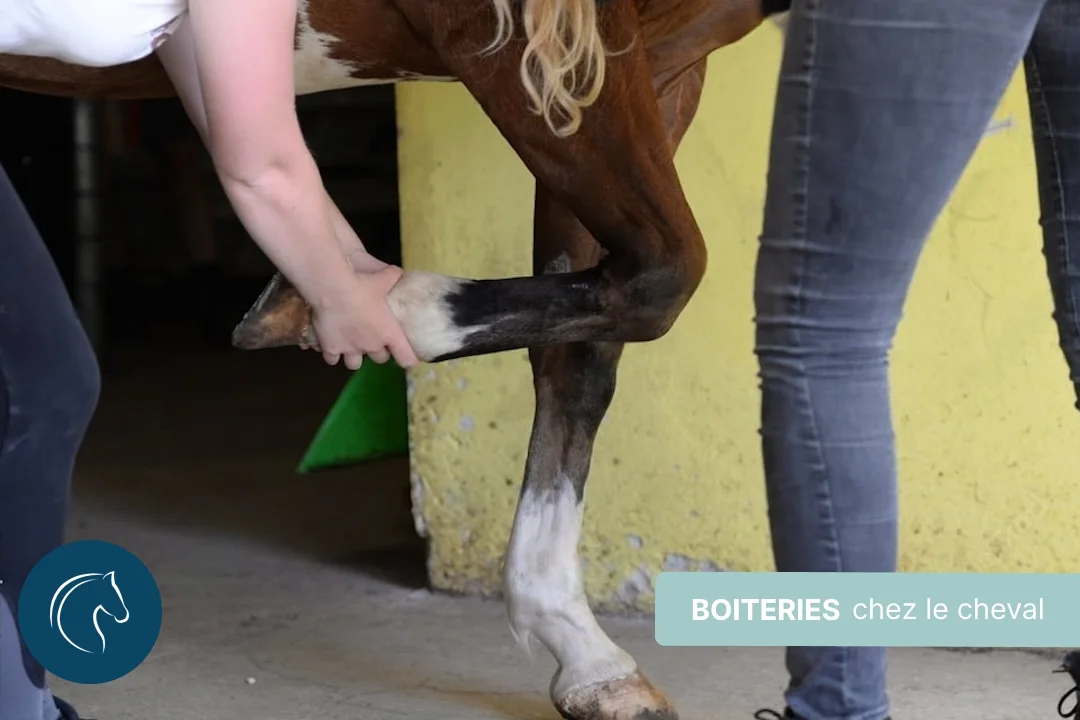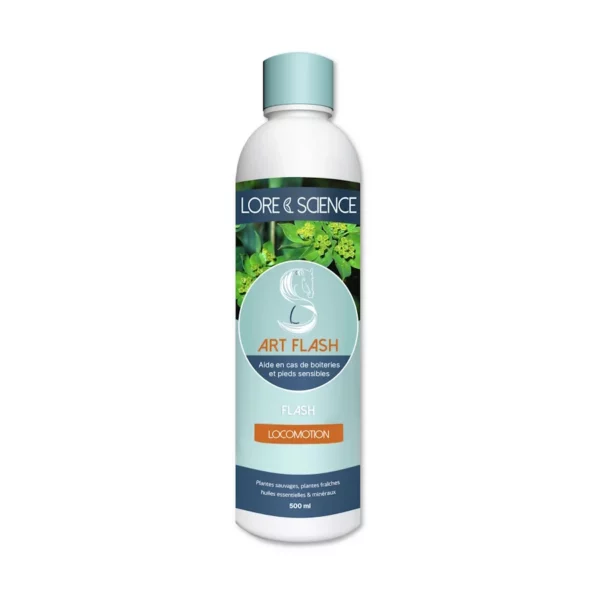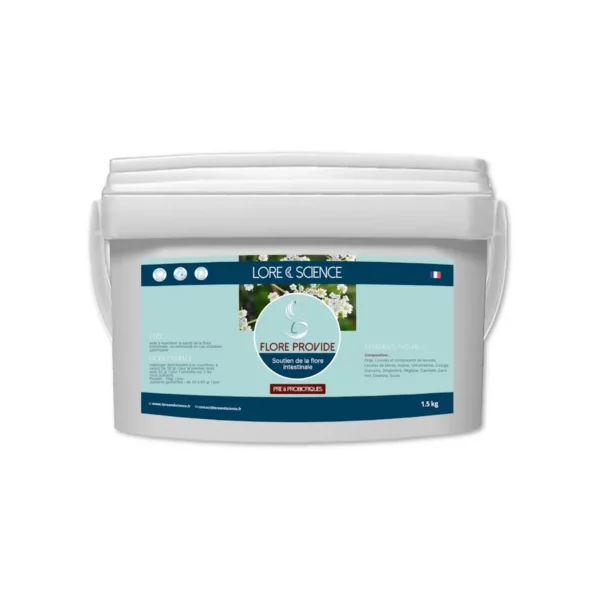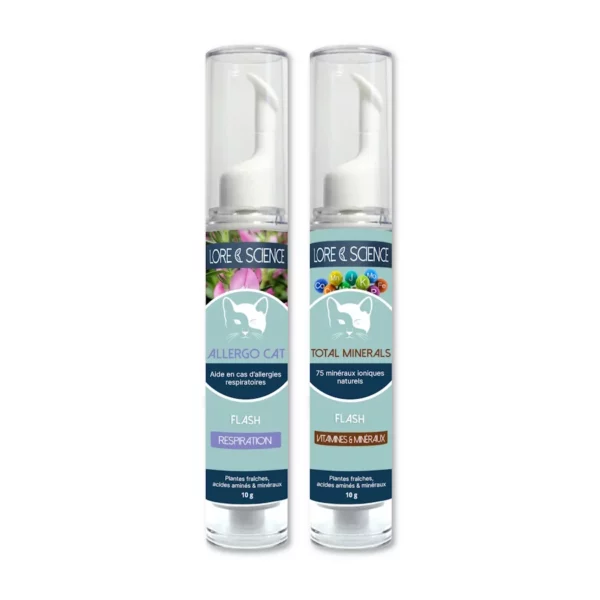Horse owners know and dread it: lameness in horses is a common but often worrying problem. There are many reasons why a horse limps, and the severity of lameness can range from mild to severe. It is therefore essential to know the most common potential causes, as well as the related treatment protocols, in order to identify the source of lameness as quickly as possible and treat it as effectively as possible to limit the risk of more permanent lesions in our equines. That's why Lore & Science has created this guide to the essential steps involved in managing a lame horse.
What is lameness in horses?
Lameness is simply a symptom that manifests itself as an abnormality in a horse's gait. It often indicates pain or discomfort in one of its joints, muscles, tendons or bones. This condition can affect one or more limbs, and varies in intensity.
How to identify the cause of lameness?
A marked lameness, a swollen limb or trauma can usually quickly identify the cause of the lameness. A blow, a fall, excessive or inappropriate training... can lead to injuries that affect the bones, joints, tendons or ligaments of equines.
The most common injuries are contusions and strains, which cause slight irregularities in the horse's footing. More serious injuries, such as fractures, tendonitis or desmitis (inflammation of tendons or ligaments), can also occur and should never be overlooked. In case of doubt, the intervention of a veterinarian is essential to treat the affected limbs correctly.
Joints also play a central role in lameness problems in horses, and the conditions that affect them can be degenerative or inflammatory in nature. These include diseases such asarthritis, a chronic inflammation of the joints that leads to persistent pain and a noticeable reduction in mobility. Synovitis, on the other hand, is characterized by inflammation of the synovial membrane, resulting in acute pain and marked lameness. Finally,osteoarthritis represents a progressive degradation of articular cartilage, often attributed to age or ongoing wear and tear, and leads to a gradual deterioration in joint function.
Some horses also suffer from what is known as navicular syndrome. Initially, affected horses may present with intermittent lameness which, in the absence of appropriate treatment, may become permanent. One of the telltale signs is pain on pressure, with the animal showing increased sensitivity on palpation of the navicular region. A reduced stride is also regularly noted, especially on hard ground. This condition also causes the horse to modify its posture, seeking to avoid exerting pressure on the affected feet. The result is noticeable changes in posture and a visible adaptation in the way the horse moves.
What to do if your horse limps?
The first thing to do when a horse starts limping is to put it to rest immediately. The idea is to avoid any activity or movement likely to aggravate the situation. This rest is essential to allow the damaged structures to begin the healing process without being subjected to additional stress.
The second essential step is to consult a veterinarian. Only a professional will be able to assess and diagnose the cause of the lameness, prescribing any necessary tests, whether X-rays,ultrasound orMRI. The treatment then prescribed will be the most appropriate for each horse and each situation. In some cases, localized relief can be achieved byapplying cold (with cold compresses, for example) to the injured limb. However, this practice must be carried out with care, taking care not to prolong exposure to the cold to avoid frostbite. Support bandages can also provide occasional assistance. Similarly, the correct application of a support bandage requires specific skills, often taught by a veterinarian or experienced professional, to ensure that it offers maximum benefit without causing additional discomfort or damage.
Long-term management of lameness
For horses with sensitive limbs, lameness can become a recurring problem. Your veterinarian can help you set up daily protocols to protect your horse's limbs from damage. This generally involves taking special care of the animal's feet, with regular trimming and shoeing (or not) adapted to its lifestyle and work habits.
Of course, it is always necessary toadapt the horse'straining and activities to protect its joints and limbs from the various ailments that can affect them. A healthy diet can support the musculoskeletal system, and supplements to a balanced ration can help maintain joint comfort and optimize sporting performance. Art Flash, for example, maintains equine mobility, suppleness and ease thanks to a synergy of plants and essential oils.
-
Art Flash - Sensitive joints and feet in horses
29,90 € - 79,90 €
Conclusion
A problem as common as it is worrying for owners, lameness in horses should lead to the implementation of a simple protocol: rest and consultation with an equine veterinarian. In the case of the most sensitive horses, or those suffering from conditions such as navicular syndrome, an adapted daily routine is necessary, with special care and attention paid to the animal's feet, working, living conditions and diet. Only then can you best support your companion's quality of life and comfort.
Share your experience or questions with us in the comments ↓
















